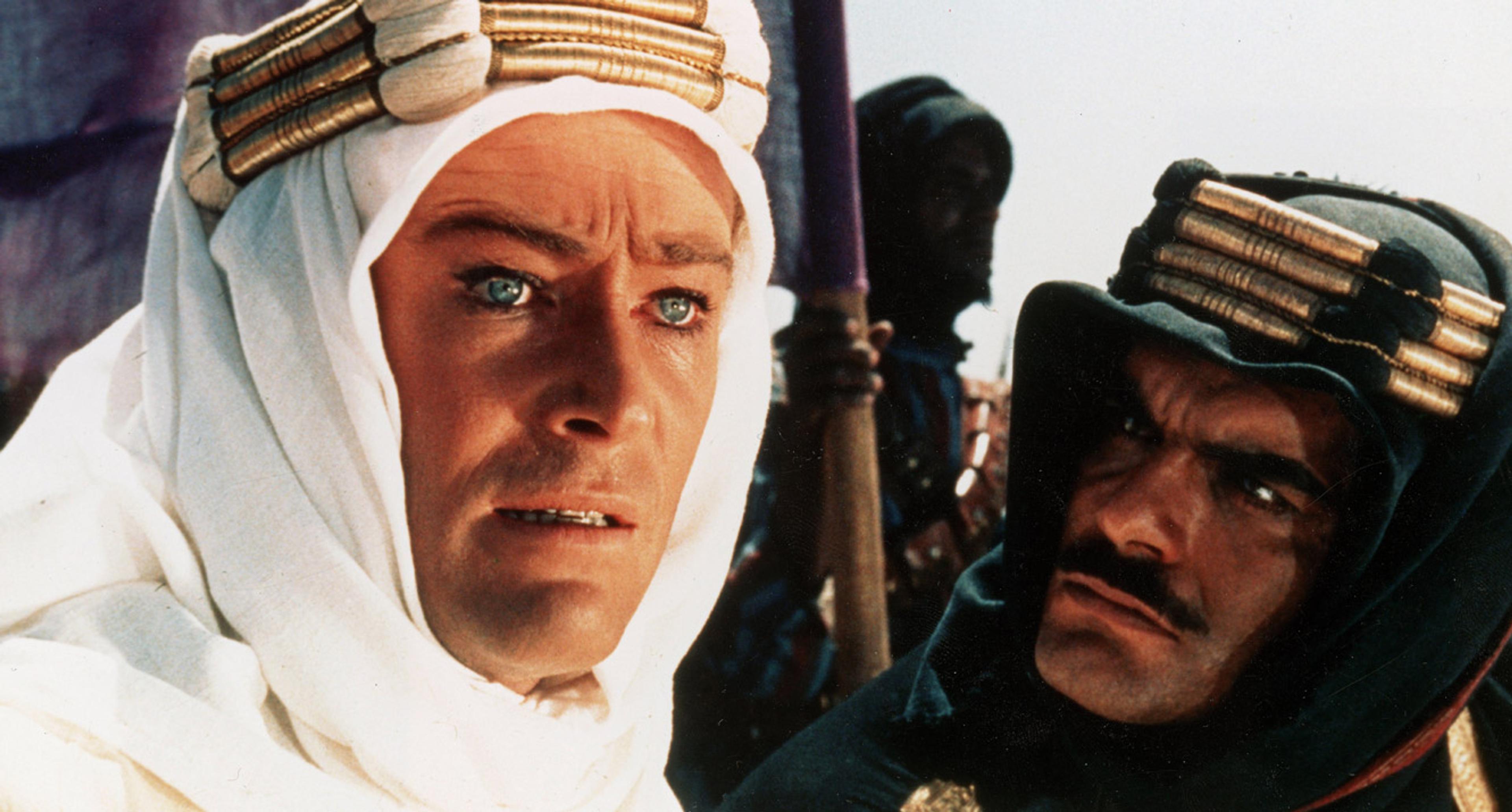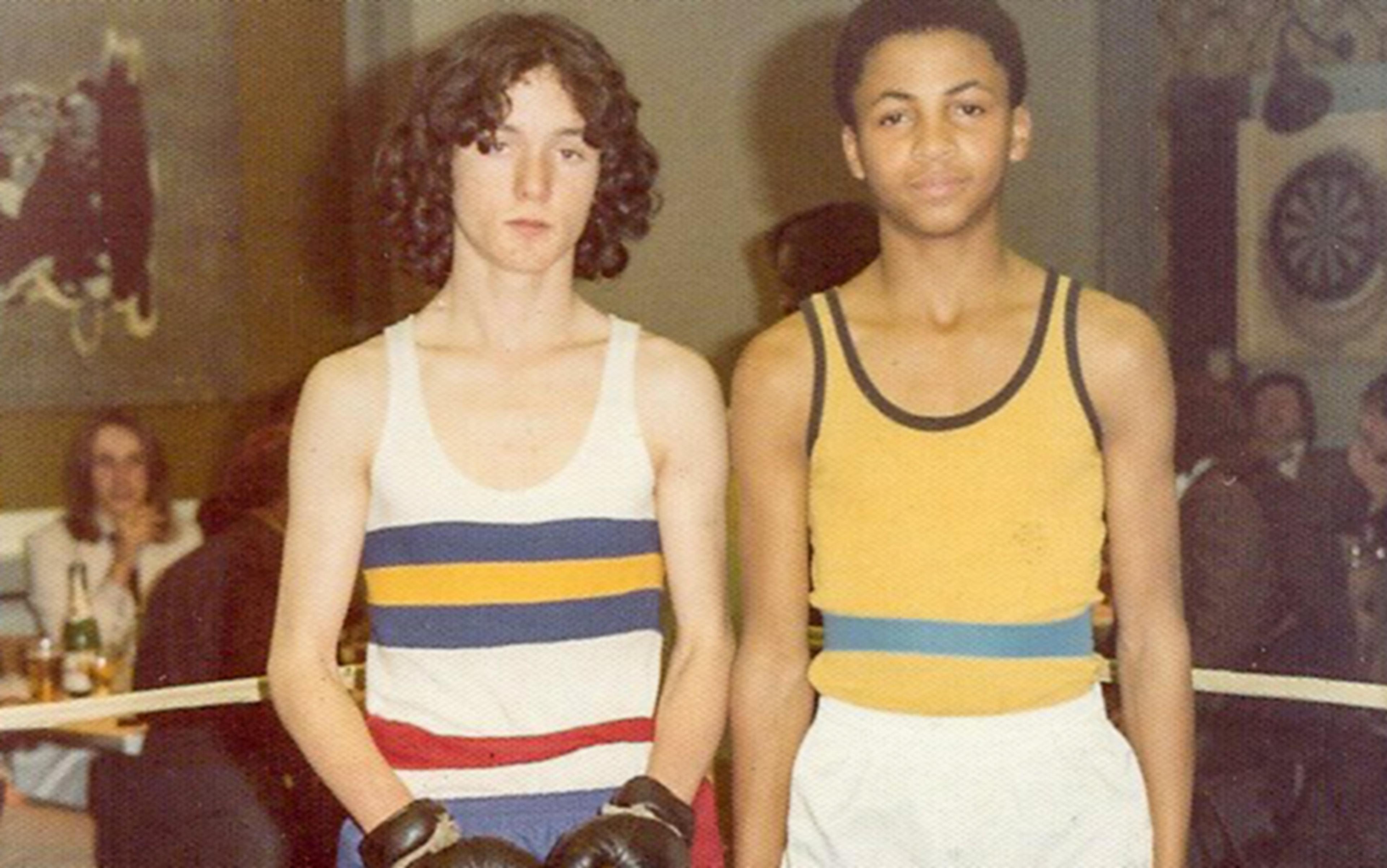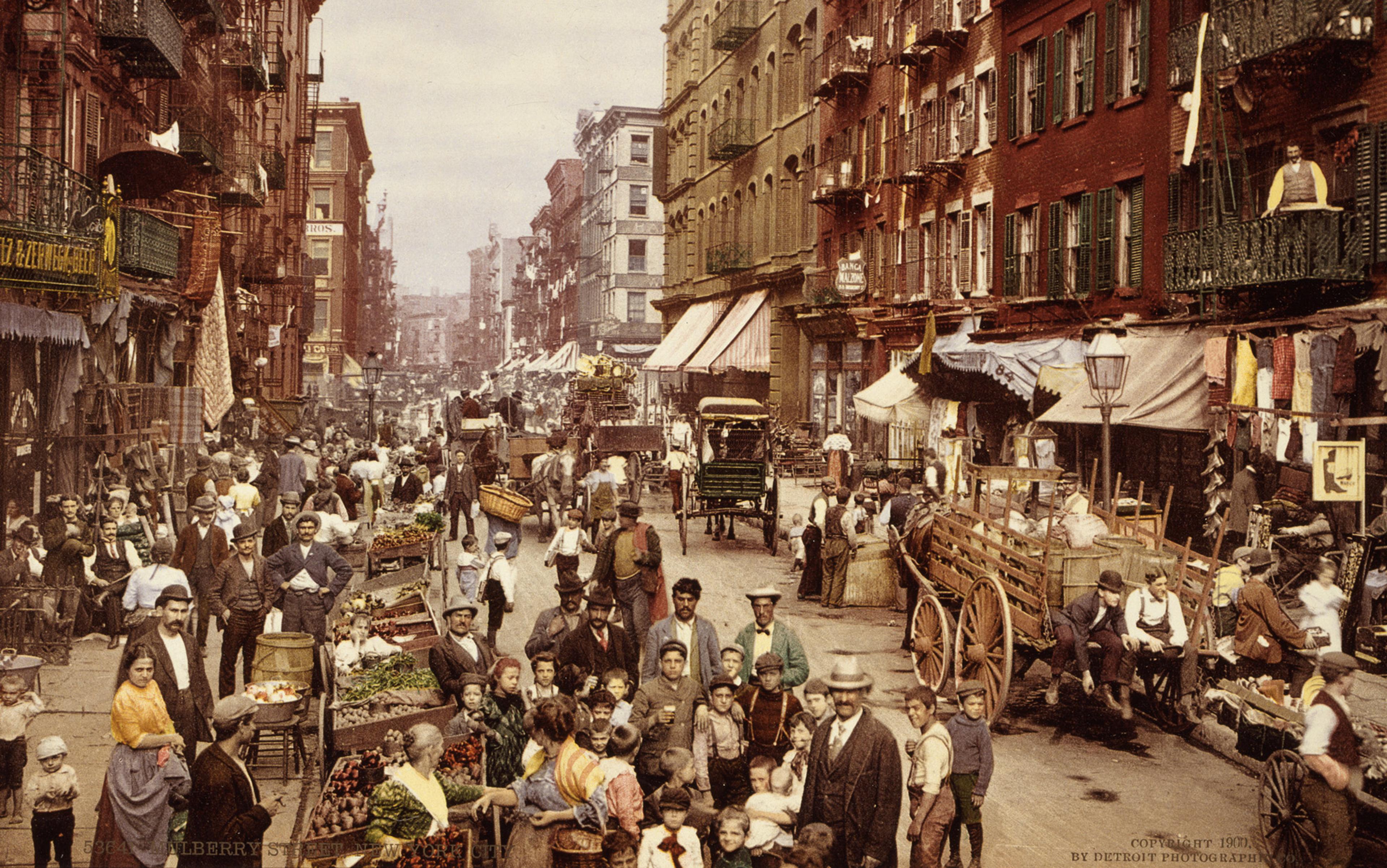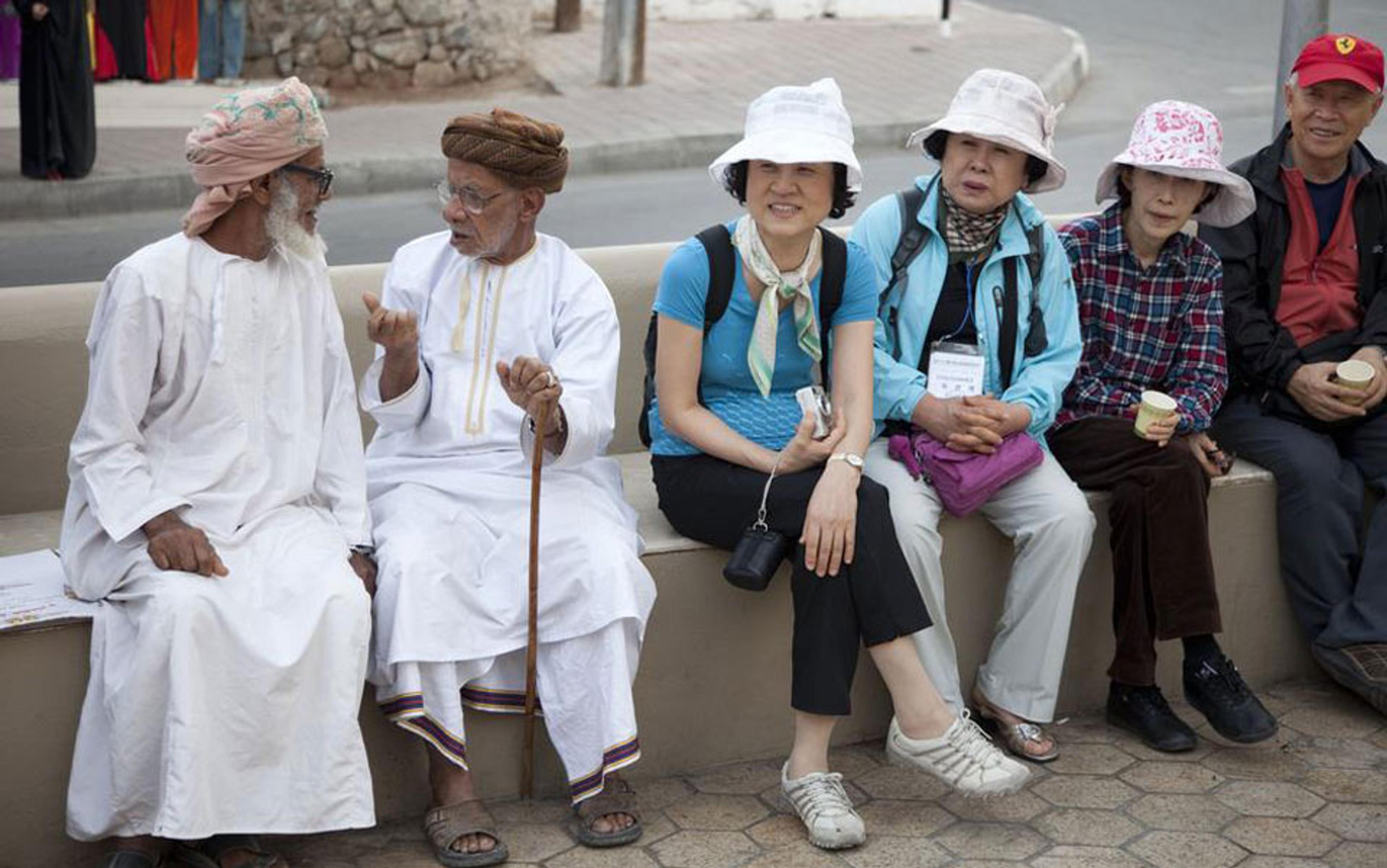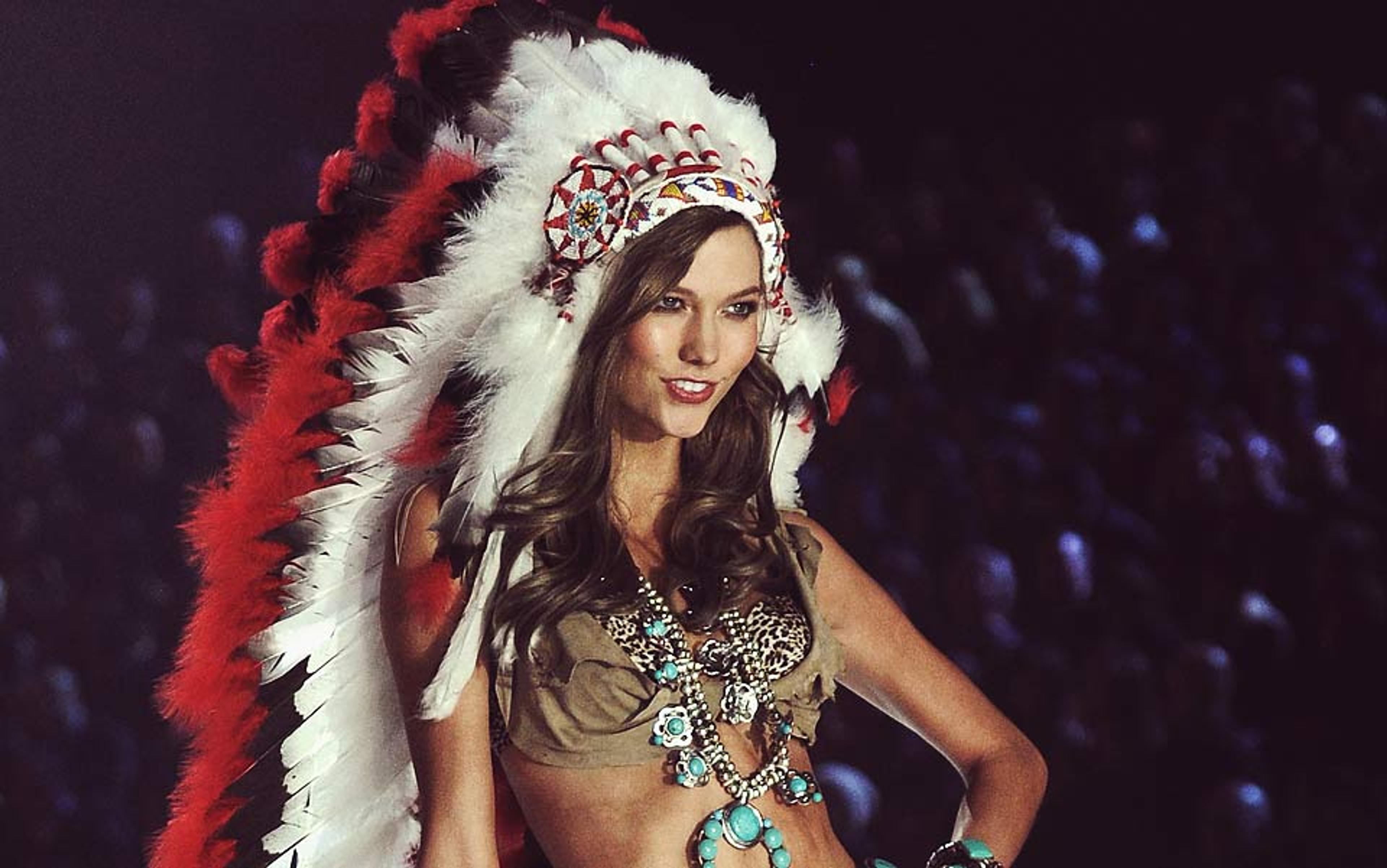Alice, the heroine of Lewis Carroll’s Through the Looking-Glass (1871), has many extraordinary encounters, but the one that’s always stuck with me is her meeting with Humpty Dumpty, an egg-shaped being, balanced on a wall. He is annoyed when Alice calls him an egg, he tells her she should stop growing, and they end by arguing about the contextual meaning of the word ‘glory’.
‘When I use a word,’ Humpty says, in rather a scornful tone, ‘it means just what I choose it to mean – neither more nor less.’
‘The question is,’ said Alice, ‘whether you can make words mean so many different things.’
‘The question is,’ said Humpty, ‘which is to be master – that’s all.’
As Alice walks away, Humpty Dumpty comes crashing to the ground.
I was reminded of Humpty’s insistence that words mean just what you want them to during the furore over the racial posturing of Rachel Dolezal, a white American woman, who publicly declared herself black, even when the evidence stacked up to the contrary. In June 2015, Dolezal was unmasked as white from birth when a newspaper reporter approached her white American parents in Montana, who affirmed her European heritage. Dolezal’s unmasking did not clear the air: in a number of carefully chosen TV interviews, she continued to define herself as black, despite mounting evidence that her blackness had come from a spray-tan salon and hair weaves, not DNA.
Amid widespread (though not universal) condemnation for Dolezal, some anti-racist campaigners – both black and white – pointed out that she’d done valuable work, especially as a representative for the venerable anti-racism organisation, the National Association for the Advancement of Colored People (NAACP). Even her own family – Christian evangelicals who believe in salvation through the adoption of orphan children, and who adopted four black children after having Rachel and her birth-brother Joshua – took sides.
Dolezal’s love of black culture deepened as she grew up with her black siblings. She went on to apply successfully to study art at Howard University in Washington, DC, famed for celebrating black culture, yet ended up suing the university for racial discrimination (unsuccessfully) on grounds of her whiteness. In an interview on The Today Show, Dolezal denied that her blackness was a performance. ‘This is not some freak, Birth-of-a-Nation mockery blackface performance. This is on a very real connected level… and the point at which that really solidified was when I got full custody of Izaiah [her adoptive brother, who’d come to live with her as her son]. And he said, “You’re my real mom”, and he’s in high school, and for that to be something that is plausible, I certainly can’t be seen as white and be Izaiah’s mom.’
At this point, I should declare a personal interest in the Dolezal story, which trended on Twitter as #transracial, while people groped for words to describe Dolezal’s rebranding. ‘Transracial’, as a word, has been used since the 1960s to describe children of one race being adopted by another. Cue adults who were adopted as children transracially in the US writing an open letter to the media, asking journalists to stop using the term in relation to Dolezal: they felt it ‘belonged’ to them. And if it belongs to them, then it belongs to me, too.
I was born in the 1960s, after a brief liaison between an Iranian naval officer and an English girl on the South Coast. He offered to marry my mother and take us to Iran. She wanted to go to university, so refused to leave the UK, and instead put me up for adoption. At that time, dual-heritage babies were ‘hard to place’, in the parlance of today. My adoptive parents were unfazed: my mother is half-Bosnian Serb, partly Spanish and English; my father is a Yorkshireman. Neither of them minded about the colour of my skin, although the adoption society kept me with a foster family throughout the summer, to see how dark I would become and whether I would develop, as the adoption officer feared, ‘the large Persian nose’.
Luckily, the summer was rainy, my nose stayed small, and I was adopted across the races into a loving family (instead of going to a children’s home). But I never forgot my roots, and later searched for, and found, my Iranian birth father. I was lucky to find him, and he is lucky to be alive – many Iranian naval officers like him were imprisoned after the Iranian Revolution of 1979; some were executed.
Like others adopted transracially, I have learnt to explain a complicated identity in a paragraph rather than a sentence. However my brothers – tall, blonde, blue-eyed – have never felt impelled, like Dolezal, to lay claim to my Iranian heritage. Equally, I’ve never claimed to be genetically part-Bosnian Serb. My mother and father (unlike Dolezal) have never felt the need to assume an Iranian identity in order to parent me. This is why Dolezal puzzles me: because being in a transracial family is enough to get on with, without people cherrypicking bits of identity they like and claiming them for themselves.
Outside the specifics of transracial adoption, the only ‘trans’ identity to gain some mainstream acceptance thus far has been gender identity, undeniably aided by Caitlin Jenner’s very public ‘transition’ from male to female, posing on the cover of Vanity Fair as a transgender cover star, also in June this year. Easily lost, as the neologisms multiply, is that the word ‘transracial’ on social media emanated, on closer examination, largely from the conservative Right who deployed it to undermine transgender identity. A low blow – while gender transition does not affect many people (between 0.3-2 per cent of US and 1-5 per cent of the UK population, according to different studies), surgery is painful and there are high rates of transphobic crimes.
Yet the underlying question, as different ‘trans’ identities vie for authenticity, is why we allow some parts of our identity to be chosen, but not others? Though I suspect that part of the growing acceptance of transgender people reflects the fact that there’s no going back.
An extreme case is that of ‘transabled’ – people who ‘identify’ as disabled, despite lacking impairments. The transabled have become more prominent with the inclusion in 2013 of Body Integrity Identity Disorder in the Diagnostic and Statistical Manual of Mental Disorders, the latest edition of American psychiatry’s diagnostic guide. Some, described as ‘wannabes’, go so far as to amputate or damage themselves so that they can become disabled: only last month, the media ran lurid reports about Jewel Shuping, from North Carolina, who’d dreamed about being blind since childhood, and eventually found a sympathetic psychologist to pour drain-cleaner in her eyes.
‘Otherkin’ claim to be animals or elves and otherworldly creatures trapped inside human bodies
More common are ‘disabled pretenders’, who use leg braces or wheelchairs to experience life as disabled people, but with the ability to switch back into a non-impaired life at will.
On Tumblr, things get a little weirder. Some people, hiding behind the anonymity of the internet, self-define as ‘transfat’ – fat people trapped inside thin bodies; ‘otherkin’ claim to be animals or elves and otherworldly creatures trapped inside human bodies. There are crumbs of comfort on Tumblr for Dolezal too – bloggers who ‘identify’ as ‘transethnic’. One says she is a Japanese teenager trapped in a white American body and writes: ‘I’ve always experienced extreme nationality dysphoria, and recently realised it’s ethnic dysphoria too.’ Another, a white American man, claims he ‘identifies’ as a black American woman.
Werner Sollors, a professor of African and African American Studies at Harvard University, calls such people ‘ethnic transvestites’. But none of these examples answers the question – why do people feel the need to inhabit an identity that is not their own? And if they do feel that need, why not tread the fictional route, as many writers have done in the past, switching in and out of character in the process?
Most new ‘trans’ identities (apart from transgender) seem baffling or even ridiculous to most people. But it’s not a new problem – in the late 1980s and early ’90s in the UK, it was particularly fashionable for middle-class students to claim that they had working-class roots, join the Socialist Workers Party and assume dubious accents. A long line of people down the ages have profited from playing the imposter – defined in the Chambers English Dictionary as ‘someone who assumes a false character or impersonates another’. Occasionally, collective motives surface, such as the ‘good of the nation’. T E Lawrence, known as Lawrence of Arabia, laid claim to that, as have other spies, while he led a revolt, in Arab dress, against the Ottoman Empire to help the British war effort.
Others have assumed new identities just to stay alive. My Anglo-Spanish grandmother, marooned in war-time Yugoslavia and living under Nazi occupation, spoke Serbo-Croat fluently enough to pass as a national. If she had not become an ethnic imposter, would she and my mother have survived the war, or gone to a concentration camp, like all their Jewish friends? Indeed, other Jewish people passed themselves off as Aryans to stay alive during the Holocaust.
Those who attempt to pass against the flow of privilege are automatically suspect, however noble their motives
‘Passing as white’, as it became known, originated in the slavery era in the US, when people of multi-racial ancestry would claim white (often South European) forbears to escape rigid segregation laws. One of the most powerful examples is Walter White, executive secretary of the NAACP (the organisation Dolezal later joined, serving as chapter president in Spokane, Washington). He, unlike Dolezal, was of mixed race, but he could pass for white. In his autobiography, A Man Called White (1948), he wrote: ‘I am a Negro. My skin is white, my eyes are blue, my hair is blond. The traits of my race are nowhere visible upon me.’ While working for the NAACP, White travelled to the deep South, using his apparent ‘white privilege’ to play a dangerous game, investigating nearly 50 lynchings and other savage attacks, by interviewing white people who attended them.
In his pursuit of social justice, White avoided transforming himself into a member of a perceived pariah nation or group (in fact, both his parents were born into slavery). He ‘passed’ up the scale of hierarchy. Meanwhile, those who attempt to pass against the flow of privilege are almost automatically suspect, however noble their motives might appear (to themselves at least).
There is a long and somewhat ignoble history of ‘passing’. The US journalist John Howard Griffin wrote Black Like Me (1961) to describe his travels through the US South during segregation, and the lengths to which he went to pass as African American. Espera Oscar de Corti, the Louisiana-born son of Italian immigrants, renamed himself Iron Eyes Cody, claiming to be Cree-Cherokee, going on to portray Native Americans in a number of films from the 1930s to the ’80s. In a more dubious case, the white supremacist Asa Earl Carter used the pseudonym Forrest Carter to write the novel The Education of Little Tree (1976), purportedly about his experience of being raised by his Cherokee grandparent in the 1920s. In the late 1970s, it emerged that he was, in fact, a member of the Ku Klux Klan.
Then there are the notorious ‘Gypsy gentlemen’, the Englishman George Borrow and the American Charles Leland, who from the 1850s onwards boasted that they could ‘pass’ among the Romanies and not be known as gorgio – non-Gypsies. In his book The Gypsies (1882), Leland is quite open about the pretence. He travels to Russia to meet Romanies in St Petersburg and greets them in Romanichal, a common language with national dialectical differences. He writes: ‘In an instant, they were all around me… earnestly expressing their marvel, at what new species of gypsy I might be.’ Later, in Moscow, he tells the fortune of some Romanies there, saying: ‘I should indeed know very little about Romany ways… if I could not pen dorriki,’ a subterfuge for which he is later rebuked by the English critic G H Lewes, who professes Leland’s imposture as ‘the ne plus ultra of cheek’ at a meeting with the writer George Eliot. Leland shrugs this off, and is irked to be taken for a gorgio, describing himself instead as a ‘Romany Rye’.
Borrow, for his part, fancied he could pass among English and Welsh Romanies without detection. In his essay collection, Danger!: Educated Gypsy (2010), Ian Hancock, a Romani academic and linguistics expert at the University of Texas at Austin, writes that Borrow liked to idealise the Gypsy life. He travelled in Russia and Romania, interviewing the Roma, and describing them as ‘wandering about’ at a time when almost all Roma were still enslaved. Borrow later pretended to be a Gypsy but, according to Hancock, he mixed Romani dialects from various countries into a mishmash – which Hancock calls ‘Borromani’.
Another imposter, one who still haunts Canadian national identity, was the English-born Archibald Stansfeld Belaney, aka Grey Owl. Born in Hastings in 1888 and abandoned by his parents to the care of maiden aunts, Belaney became fascinated by Native American culture: he learnt woodcraft, sleeping outdoors and practicing bird calls. Sailing to Canada in 1906, he eventually transformed himself into the leading Native American conservationist and writer of his time. When he went to England on a book tour, he gave a command performance to the King and the young Princess Elizabeth. Belaney was not unmasked until after his death.
Anahareo, his partner in the 1920s, defended him in her memoir, Devil in Deerskins: My Life with Grey Owl (1972), with a telling nod to the Romany Ryes:
Grey Owl, the imposter of the century; the modern Bluebeard; the magnificent fake; the greatest imposter in literary history. Grey Owl, fraud, hoax, etc… I thought of the worries, the near starvation that we’d gone through after he’d quit the trap-line, of his writing and lecturing, of all the time and effort he’d put towards conserving wildlife, and it was awful to think it was all for nothing. Archie’s public felt they’d been gypped [my italics], and that he’d only been after the fast buck. This wasn’t true.
Belaney’s deception is still debated today, with the novelist Margaret Atwood writing in her essay ‘The Grey Owl Syndrome’ (1995) that:
if white Canadians would adopt a more traditionally native attitude towards the natural world, a less exploitative and more respectful attitude, they might be able to reverse the galloping environmental carnage of the late 20th century and salvage for themselves some of the wilderness they keep saying they identify with and need. Perhaps we should not become less like Grey Owl but more like him.
Other commentators do not think the end justifies the means. Once unmasked, as Dolezal knows too well, the pretence becomes the story. Grey Owl’s unmasking ended up threatening the legacy of conservation, just as Dolezal’s has led to questioning of the NAACP and its valuable work.
The vexed question of identity, particularly in the US, still seems branded with the painful legacy of slavery on the one hand, and the ethnic cleansing and forced assimilation of Native Americans on the other. The ‘one drop’ rule, where just one drop of black blood meant you were tainted as black under Jim Crow segregation laws, has been reclaimed by African Americans today to mean that anyone with just a trace of African American ancestry can identify as black, even if they are genetically white.
So are there more ‘ethnic imposters’ in the US because of its history? Is it, as the white American anti-racist activist Tim Wise wrote in June, an impatience to ‘cut out the middle man, and just be black’, because black people don’t automatically trust white folk? Or do imposters look for financial advantage and social standing, or an inverted hero identity? Why do those who claim what was previously a ‘pariah’ identity so often rise to prominence, then seek to teach about the identity they have fought so hard to appropriate? Motives, clearly, are mixed.
Native Americans, for example, have become tired of what they call the ‘Wannabee Tribe’ or ‘Pretendians’ claiming Native heritage without evidence. For some, the lure is a romantic link to the ur-past of America; others likely have career motives. In the US, it is useful for universities to be able to trumpet the numbers of their academics from minority ethnic backgrounds. In the 1990s, Elizabeth Warren laid claim to being the first woman of colour – with Cherokee ancestry – to be employed by Harvard Law School, yet exhaustive analysis of her family history yielded no Native American link. Likewise, Andrea Smith, associate professor of media and cultural studies at the University of California, Riverside, and a leading Native American studies scholar and activist, has claimed to be Cherokee. But when David Cornsilk, a research analyst and geneaologist, twice researched Smith’s genealogy, at her own request, he found no trace of the heritage she claimed.
In Australia, too, the number of people ticking the box as Aboriginal or Torres Strait Islander in the National Census rose by more than 20 per cent between 2006 and 2011, leading to fierce debate about whether this marks the emergence of First Nation pride – or an attempt by some white Australians to obtain services earmarked for the minority population. A national conversation about what constitutes identity is still evolving, yet most Aboriginal leaders believe their identity is based on kinship – descent, identification and acceptance.
On this basis, Dolezal would probably fail the identity test. You cannot cross the DNA floor – it’s fixed, unlike gender. Dolezal had a perfect right to immerse herself in black culture and to parent her son by birth and her brother/son. But authenticity matters, even if DNA is on your side.
Anyone claiming blackness or any other ethnic identity who has not lived it is playing a very dangerous game
I visited my Iranian birth father in Tehran in 2007. While there, I had to wear the hejab, or headscarf, and a mantoux, a knee-length tunic or coat, just like any other woman. I was often stopped on the street and asked for directions because people thought I was Iranian – on the sleeper train to the historic city of Isfahan, I was pointed to the queue for Iranians, rather than for foreigners. Tempting as it was to ‘pass’, I decided not to. I might look Iranian – half my DNA is Iranian – but I never felt more English than I did in Iran, because that is what I am. Even if I am fully accepted by my birth family, I remain culturally English (and half-English in ethnic terms). I did not live through the Iranian Revolution, as my half-sisters did, nor through the trauma of our shared father having been tortured and imprisoned. You cannot make this stuff up.
My reality is to live between two worlds as a transracial adoptee. As those Aboriginal elders say, kinship comes down to descent, identification and acceptance. I tick some of those boxes, but not all. I didn’t want to run the risk of being accused of being something I couldn’t, truly, say I was. Just as Borrow exoticised Romani life, wilfully refusing to see slavery before his eyes, anyone claiming blackness or any other ethnic identity who has not lived it is playing a very dangerous game.
What also of the disabled pretenders? One of the most controversial of these figures, Chloe Jennings-White, was born male in the UK (she has also transitioned in gender terms) and now lives in the US. She participated in a documentary for National Geographic in which she appeared in braces and a wheelchair, and explained that, although she enjoys extreme sports such as climbing and skiing, she yearns for disabling surgery, which she calls ‘ability reassignment surgery’. Below-the-line comments from disabled people on various websites evidence an almost universal anger at her pretender status, given that she climbed two high mountains in 2013.
As the transgender academic Alexandre Baril – who has carried out a number of studies of the ‘community’ – says, the transabled are rejected, in the main, by disabled people themselves, who are horrified that people would deliberately amputate themselves. Disabled activists also point out that the wannabes add fuel to the fire of ‘scrounger rhetoric’, by allowing the public to believe that some disabled people are only pretending to be so. It might be compassionate, however, to acknowledge that at least some of those articulating a wish to acquire an impairment might be troubled by a mental health condition. Whether or not they should be treated, and how, is another matter.
If identity is the currency that allows us to speak and be heard, and if white people, in particular, feel that they are automatically dismissed because no part of their identity is valorised, what next? After all, many white people have fought and even died in the universal struggle for human rights – in the US, the UK, and elsewhere. That should never be forgotten. In a brilliant essay for the New Left Review in 1996, the historian Eric Hobsbawm cautioned against the ‘deep waters of identity politics’. The essay is as fresh now as it was then. We must look beyond our self-interest in minority silos to wider, universal interests, he wrote, and I agree.
In her first public appearance after her ‘outing’, Dolezal reiterated that, in her mind, she identifies as black. Re-reading The Jungle Book (1894) by Rudyard Kipling, I feel that Dolezal’s journey has helped me understand Mowgli’s struggle to be accepted by the wolf pack – and by humans – on a deeper level. Stripped from all pretence, Dolezal holds to her position – that she will stay with the pack with which she has chosen to run. Mowgli is cast out from the wolf pack that rescued him, but also rejected by the village whence he came. Yet when he accepts who he is, so do his brothers: ‘We will hunt with thee,’ said the four cubs. Later, Mowgli even marries. As Kipling says, ‘that is a story for grown-ups’.
